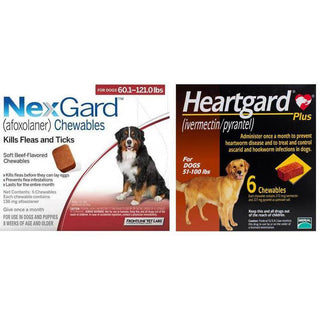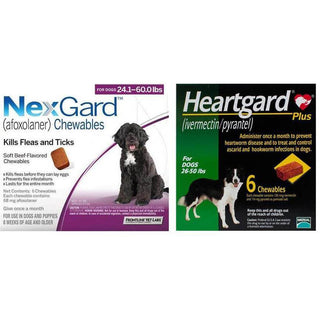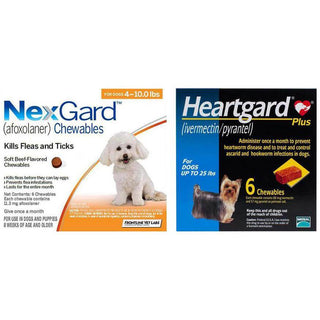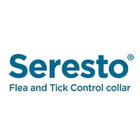Water is essential for life, and this holds for our feline companions as well. Yet, many cat owners underestimate the importance of hydration in maintaining their cat’s health. Cats are notoriously poor drinkers, and this can lead to a variety of health problems—some of which can become serious if left unaddressed.
In this guide, we’ll explain why hydration is vital for cats, signs your cat might be dehydrated, common causes of dehydration, and practical ways to ensure your cat drinks enough water daily.
Why Proper Hydration is Important for Cats
Water supports nearly every function in your cat’s body, including:
- Regulating body temperature
- Maintaining kidney function and flushing out toxins
- Aiding digestion and preventing constipation
- Supporting healthy skin and coat
- Lubricating joints and tissues
Unlike dogs, cats don’t have a strong natural drive to drink water. Their ancestors were desert-dwelling animals, so cats are built to obtain most of their hydration from food. However, with today’s commercial dry diets, many cats aren’t getting the moisture they need.
How Much Water Should Your Cat Drink?
On average, cats need about 50–60 ml of water per kilogram of body weight per day. For example, a 4 kg (9 lb) cat should drink roughly 200–240 ml of water daily. This includes water from both food and direct drinking.
Cats on dry food diets are at greater risk of dehydration, as dry kibble contains only 10% water, compared to 70–80% in wet food.
Common Causes of Dehydration in Cats
There are multiple reasons why a cat might become dehydrated, ranging from dietary habits to underlying health conditions.
- Insufficient water intake: Prevalent in cats fed only dry food.
- Hot weather or excessive activity can increase fluid loss.
- Health conditions: Kidney disease, diabetes, vomiting, or diarrhea can lead to dehydration.
- Medications: Some medications may increase urine output.
- Stress or environmental change: This may cause a cat to drink less.
Signs Your Cat May Be Dehydrated
Cats are skilled at hiding discomfort, so it’s essential to watch for subtle signs. Symptoms of dehydration include:
- Dry or tacky gums
- Sunken eyes
- Lethargy or weakness
- Loss of appetite
- Panting
- Constipation
- Skin tenting (gently pull up the skin on the back of the neck—if it doesn’t snap back quickly, your cat may be dehydrated)
If you notice any of these signs, consult your veterinarian right away.
Tips to Keep Your Cat Hydrated
Here are some practical ways to encourage your cat to drink more water:
1. Offer Fresh Water Daily
Change your cat’s water at least once a day. Cats prefer clean, fresh water.
2. Use Multiple Water Bowls
Place water bowls in different areas of your home to make access easier.
3. Try a Cat Water Fountain
Many cats prefer running water. A cat fountain can encourage cats to drink by making water more appealing to them.
4. Switch to Wet Food or Mix with Broth
Incorporate high-moisture wet food into your cat’s diet. You can also mix low-sodium chicken broth or water into their kibble.
5. Add Ice Cubes or Flavor
Add ice cubes to their bowl or freeze tuna water in cubes for a tasty hydration boost.
6. Use Wide, Shallow Bowls
Cats have sensitive whiskers and may avoid deep bowls that touch their whiskers. Try shallow, wide bowls made of glass or ceramic.
7. Monitor Intake
Keep an eye on how much your cat drinks. If you’re concerned, speak with your vet.
When to See a Veterinarian
If your cat exhibits persistent signs of dehydration or is sick, elderly, or has a chronic condition such as kidney disease, seek veterinary advice promptly. Your veterinarian may recommend subcutaneous fluids or additional tests to help diagnose any underlying issues.
Final Thoughts
Hydration is a cornerstone of your cat’s overall health. At the same time, it may not seem like a significant concern, but even mild dehydration can stress your cat’s kidneys, affect digestion, and lead to long-term issues. With a few simple strategies—like providing fresh water, offering wet food, or investing in a fountain—you can help your cat stay active, healthy, and well-hydrated.







